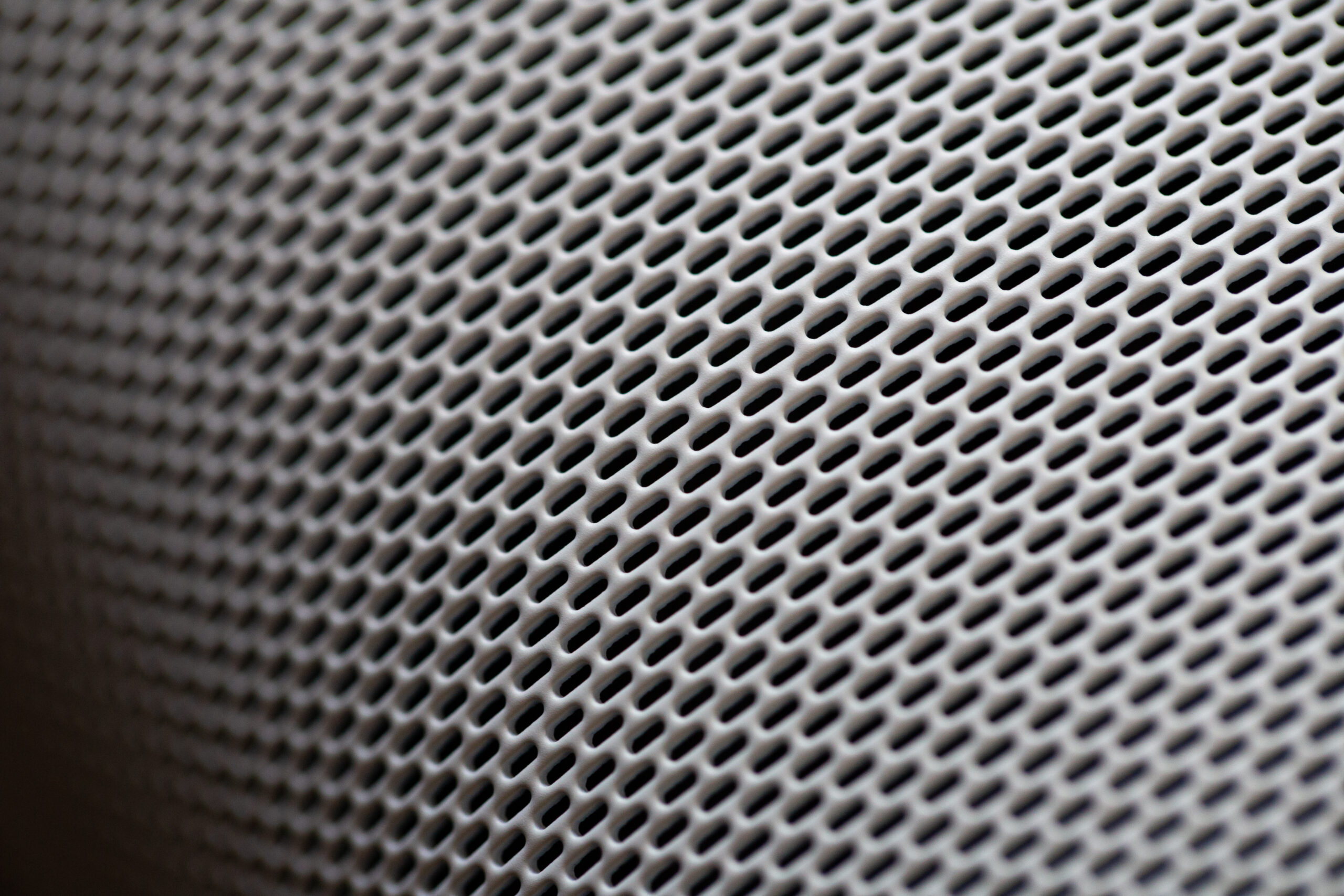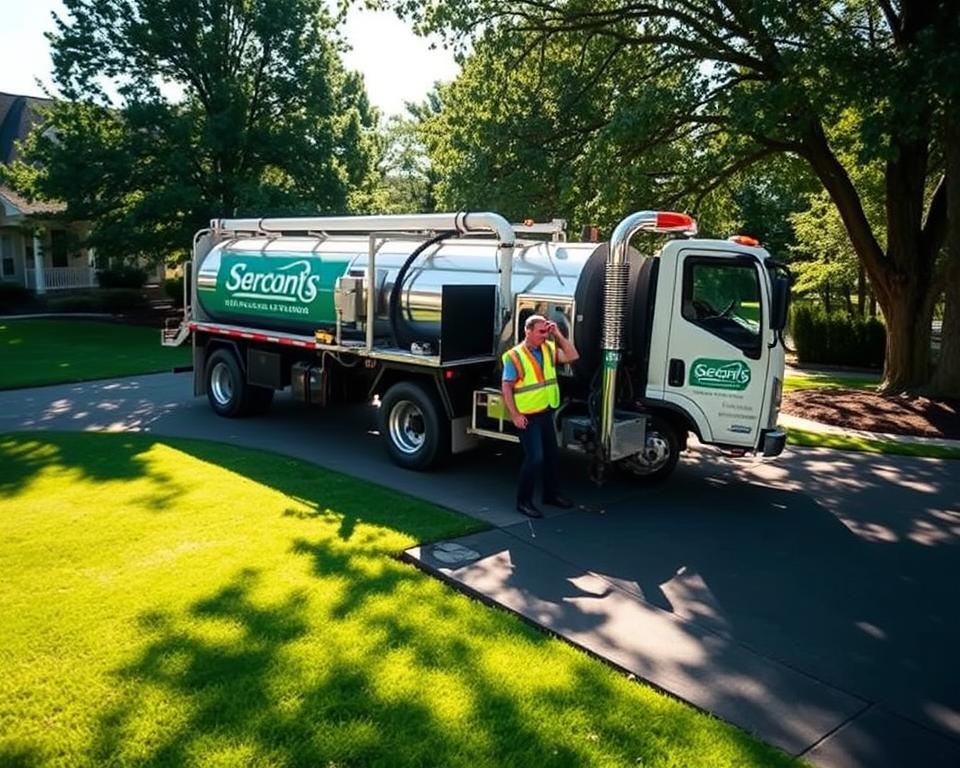Septic Ejector Pump: Essential Guide & Advice
Did you know that nearly 60 million households in the United States use wastewater treatment systems for wastewater management? The septic ejector pump is a key part of these systems. It transports wastewater from the septic tank to the effluent field or the city sewer main. This pump is essential for homes below the level of the sewage lines, preventing backups and ensuring proper drainage.
This guide will help you grasp how sewage ejector pumps work. It will also explain how to pick the appropriate pump for your home, the best way to install it, and how to maintain it in good working order. We’ll also discuss about signs that your pump might need fixing. With advice from specialists and reliable sources like All In Site Services, we intend to make managing your home’s sewage system simpler.
What is a Septic Ejector Pump?
A sewage lift pump is critical for homes not hooked up to city sewers. It’s made to lift and move sewage and wastewater, even solid waste that regular pumps can’t process. Powered by a motor, it drives waste from the septic tank to the drainage field or city sewers, keeping things sanitary.
How Septic Ejector Pumps Work
Sewage ejector pumps are effective in transporting both solids and liquids. When the septic tank reaches capacity, the pump kicks in. It uses pressure to push sewage upwards, even countering gravity. This is particularly beneficial for homes with basements or low plumbing.
It ensures wastewater moves fast, avoiding backups and maintaining cleanliness.
Comparison of Ejector Pumps and Other Pumps
Sewage ejector pumps are different from other pumps, each with its own purpose in managing wastewater. Here’s how they contrast:
| Pump Type | Purpose | Solid Handling Capability |
|---|---|---|
| Sewage Ejector Pump | Transfers sewage from septic tanks to drainage systems | Up to 2 inches solids |
| Sewage Pump | Manages wastewater and sewage | Up to 2 inches solids |
| Discharge Pump | Transfers lighter wastewater and effluent | Some small solids |
| Drain Pump | Removes water from basements and low areas | Handles minor debris only |
This chart illustrates how septic ejector pumps differ from sewage and discharge pumps. They’re effective in handling solid waste. Understanding these differences assists in picking the right pump for your wastewater requirements.
Choosing the Right Septic Ejector Pump for Your System
Selecting the appropriate septic tank inspection cost near me is crucial to a efficient system. It’s essential to know what your system needs for the best performance. Looking at different factors can assist in a good choice.
Factors to Consider When Choosing a Pump
When choosing a septic system pump, think about these factors:
- TDH: This indicates how high the pump must elevate the waste. A higher TDH means you need a more robust pump.
- Flow Capacity: Determine how much waste you need to pump in a certain time. This aids in selecting a pump that can handle the load.
- Basin Size: Ensure your basin is adequately sized, at least 18×30 inches for homes. A bigger basin helps the pump’s work.
Popular Ejector Pump Types
Understanding about the different ejector pumps can assist in making a smart choice:
| Pump Type | Overview | Best Use |
|---|---|---|
| Grinder Pump | Engineered to grind solids into smaller particles for simplified transfer. | Suitable for locations with high solid content in sewage. |
| Lift Station Pump | Processes larger volumes of water and solids efficiently. | Suitable for large home systems or commercial applications. |
Brands like Zoeller and Liberty Pumps provide many models for different requirements. Doing your homework can help you find a pump that performs efficiently for you. This results in a more efficient and dependable sewage system.
Tips for Installing a Septic Ejector Pump
Installing a septic ejector pump is a complex process. It requires meticulous planning and execution for best performance. Adhering to key steps and preventing common mistakes can stop future issues and enhance your system’s efficiency.
Installation Process Guide
- Choose the pump’s location, adhering to local codes and ensuring easy maintenance access.
- Set up a stable, even base for the pump’s support.
- Connect the pump to the septic tank and drainage system firmly.
- Set up electrical components according to the pump’s requirements for efficient sewage pump installation.
- Test the system thoroughly before sealing connections or sealing access points.
Avoidable Mistakes During Installation
- Incorrect pump sizing can cause inefficiencies and increased wear.
- Failing to seal connections properly may cause leaks, compromising the system.
- Ignoring the pump’s electrical requirements can cause failures.
- Neglecting ventilation needs can exacerbate odors and pressure issues.
- Not following the manufacturer’s guide can result in missing important specifications.
| Common Issues | Impact | Solution |
|---|---|---|
| Improper sizing | Reduced pump efficiency and higher energy expenses | Refer to specifications for necessary capacity |
| Poor sealing leaks | Contaminated water and odor issues | Apply reliable sealing materials and techniques |
| Wiring issues | Repeated malfunctions of the pump | Verify electrical requirements before installation |
| Inadequate ventilation | Increased odors and system pressure issues | Provide adequate venting in lift station pump installation |
| Insufficient testing | Missing problems before sealing the system | Perform comprehensive tests before installation |
Maintenance Best Practices for Your Sewage Pump
Consistent maintenance of your septic ejector pump is key to its long-term performance and reliability. By following effective care routines, you can boost the pump’s efficiency. Here are some essential tips to keep your pump in great shape:
- Inspect the pump twice a year for any debris that might block it.
- Examine all electrical connections closely. Damaged wires can lead to the pump to fail.
- Ensure the float switch is functioning properly. A broken switch can cause backups or overflows.
- Keep an eye on the wastewater levels in the basin. Catching problems early can save you money on repairs.
- Clean the sump basin often. This prevents debris from affecting the pump’s operation.
- Have a pro inspection as needed. Experts can ensure everything is working right.
Following these steps will not only prolong your sewage pump’s life but also ensure optimal performance. Maintaining septic ejector pump maintenance is crucial to avoid sudden problems and keep your sewage system running smoothly.
Indicators Your Waste Lift Pump Needs Repair
Knowing when your sewage ejector pump requires fixing is vital to keeping your sewage system healthy. Strange noises from the pump can mean mechanical issues. This could mean your sewage pump has problems that require immediate action.
If your pump operates intermittently more than usual, it might be overworking. This could mean it can’t handle the system’s demands and needs checking.
Foul odors near the pump are another big red flag. These smells can mean leaks or backups, showing the pump is not working right. Noticing sewage backup in your plumbing is a definite sign repairs are needed. Addressing these issues promptly can prevent bigger problems and save you money later.
If your sewage lift pump doesn’t turn on when it should, it could be a big problem. This could be due to a mechanical or electrical issue. Getting it checked or replaced quickly is important. Being quick to act on these indicators can prevent big problems and reduce expenses and trouble.



